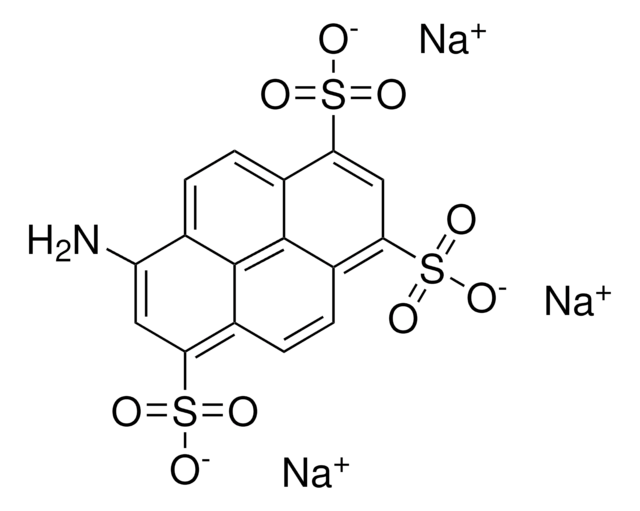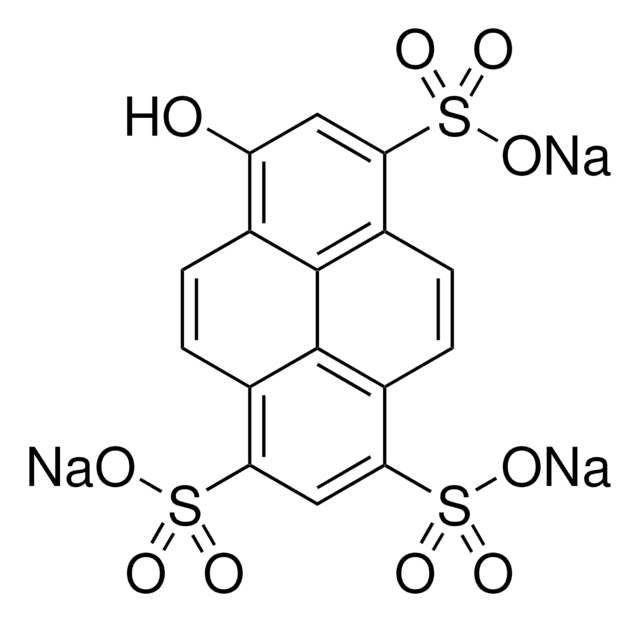A7506
L-Ascorbic acid
reagent grade, crystalline
Synonym(s):
L-Threoascorbic acid, Antiscorbutic factor, Vitamin C
About This Item
Recommended Products
biological source
synthetic
Quality Level
grade
reagent grade
Assay
≥98% ( with iodine, titration)
form
crystalline
technique(s)
HPLC: suitable
cell culture | stem cell: suitable
color
white to slightly yellow
pH
1.0-2.5 (25 °C, 176 g/L in water)
mp
190-194 °C (dec.)
solubility
water: soluble 50 mg/mL
storage temp.
room temp
SMILES string
OC([C@]([C@@H](O)CO)([H])O1)=C(O)C1=O
InChI
1S/C6H8O6/c7-1-2(8)5-3(9)4(10)6(11)12-5/h2,5,7-10H,1H2/t2-,5+/m0/s1
InChI key
CIWBSHSKHKDKBQ-JLAZNSOCSA-N
Gene Information
human ... SLC23A2(9962)
Looking for similar products? Visit Product Comparison Guide
General description
Application
- as a chondrogenic medium component for culturing bone-derived mesenchymal stem cells (BMSCs)(149)
- as a reference standard in high-performance liquid chromatography system (HPLC)(150)
- to test its effect on human gastric cancer GES-1 and AGS cells(151)
Biochem/physiol Actions
Caution
Storage Class Code
11 - Combustible Solids
WGK
WGK 1
Flash Point(F)
Not applicable
Flash Point(C)
Not applicable
Personal Protective Equipment
Choose from one of the most recent versions:
Certificates of Analysis (COA)
Don't see the Right Version?
If you require a particular version, you can look up a specific certificate by the Lot or Batch number.
Already Own This Product?
Find documentation for the products that you have recently purchased in the Document Library.
Customers Also Viewed
Our team of scientists has experience in all areas of research including Life Science, Material Science, Chemical Synthesis, Chromatography, Analytical and many others.
Contact Technical Service




